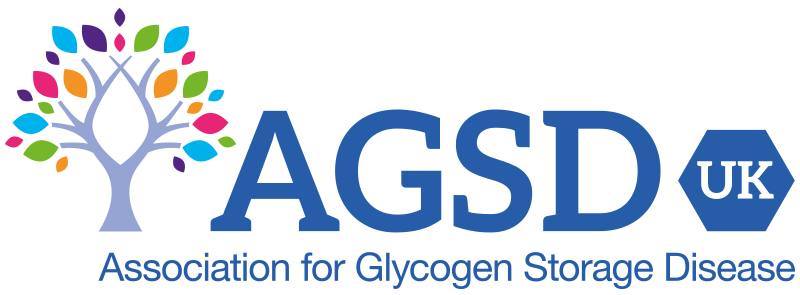It is usually a long and frustrating process to get diagnosed with this ultra rare disease, but once you are it opens the door to understanding and improvement.
The usually long road to the diagnosis
Starting the journey
Usually between the ages of 5 to 10 it is clear to parents that a child has some problem with their muscles, it being especially obvious in the legs. Unfortunately when presented to the family doctor the child appears normal and is most often dismissed as lazy or unfit. 90% of people with McArdle’s are misdiagnosed one or more times over a period of about 20 years until one day things fall into place.
The breakthrough may come when a parent won’t take “no” for an answer from the GP, or a new doctor listens carefully, or during a hospitalisation for rhabdomyolysis (muscle breakdown). Or then again it may just be from a lucky break.
Compare yourself to the typical history
Try reading the page on the IamGSD web site “Could my problems be McArdle Disease?”. If you feel that you fit the description then ask you GP for the Creatine Kinase blood test.
A simple blood test can indicate problems
Anyone with a history of painful muscle cramps affecting any skeletal muscle during activity should lead the doctor to suspect a metabolic muscle disease. Cramps which occur within a few minutes of initiating activity and subside rapidly with rest should alert the GP to undertake a serum Creatine Kinase (CK) test. If CK is raised it is highly suggestive of McArdle disease and a referral can be made to an appropriate specialist for diagnosis.
Genetic test
If your symptoms, history and any initial results such as the CK test are a good fit for McArdle’s you are likely to simply have some blood taken for DNA analysis to confirm the diagnosis. In the UK the first level of this genetic testing can be ordered by your GP through the McArdle Disease Service.
Referral for diagnosis
If the picture is not very clear there are other non-specific tests that may be employed first to narrow down the list of possible diagnoses. These include an exercise test for “second wind”, a non-ischeamic forearm test, and EMG and occasionally a muscle biopsy. For these you are likely to be referred to a neuromuscular specialist or a neurologist. Whichever route you take to diagnosis, once that is achieved you should be referred to the national McArdle Disease Clinic.
![]() Visit the Centre for Neuromuscular Disease web site section on GSDs.
Visit the Centre for Neuromuscular Disease web site section on GSDs.



